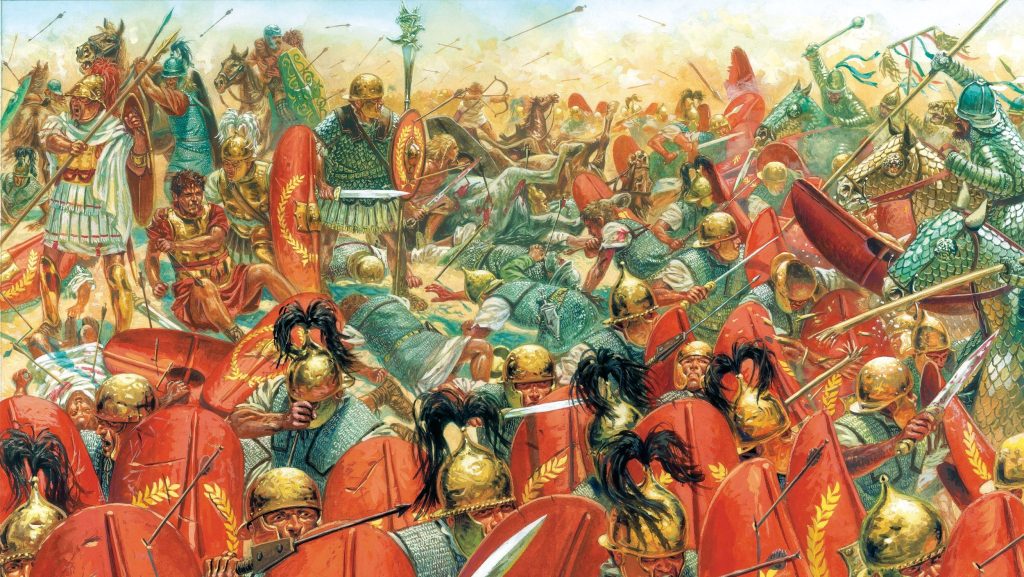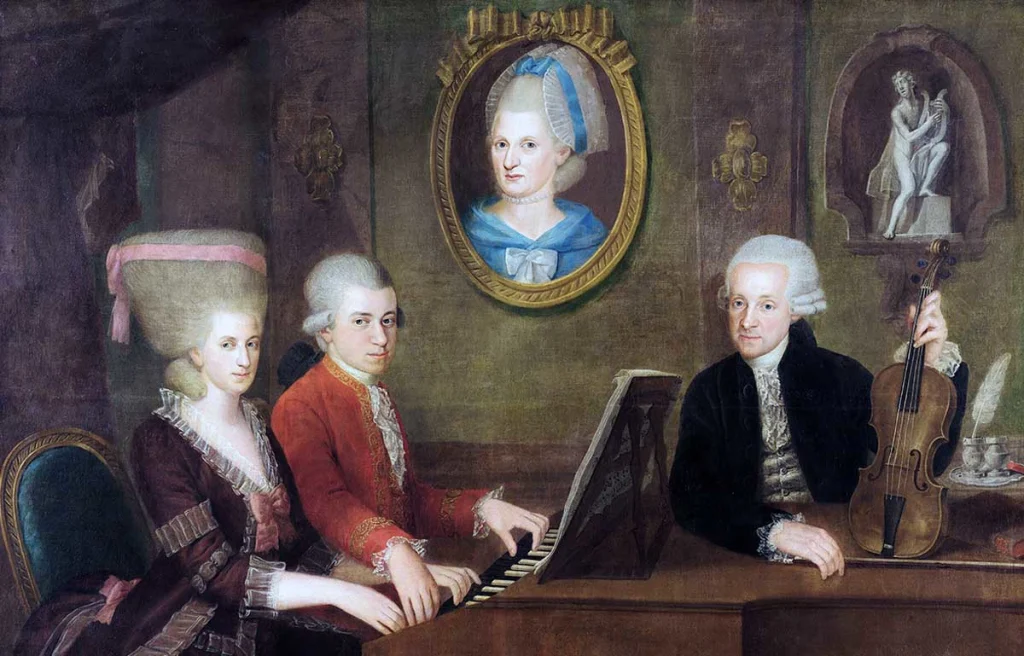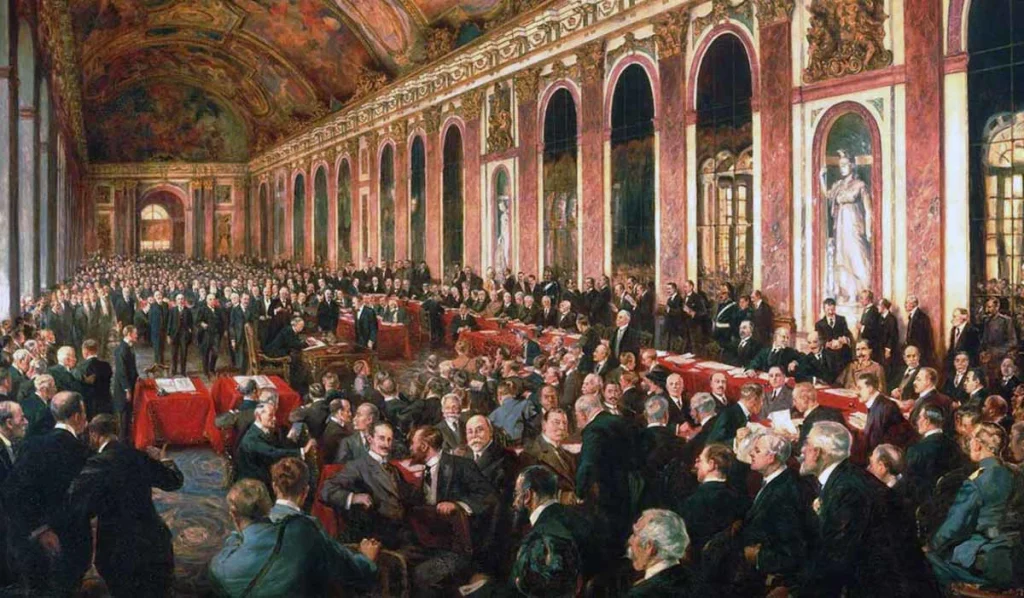History, they say, doesn’t repeat itself, but it often rhymes. And as we navigate the complexities of modern political discourse, grappling with issues of social justice, generational divides, and the very nature of leadership, it’s often illuminating to look back to the past. Not necessarily for direct answers, but for echoes, for resonances that can help us understand the enduring patterns of human behavior and societal change.
Echoes of Modern Unrest in Ancient Athens
The author of the original paper, speaking in 1968 amidst a wave of student protests across the globe, begins by drawing a deliberate, if somewhat provocative, parallel. He observes the student unrest of his time – a generation seemingly rejecting the comforts of capitalist and communist prosperity alike, demanding an end to wars, and advocating for the less fortunate. He acknowledges the difficulty in deciphering the root causes of this modern revolt, suggesting that perhaps proximity obscures our vision.
To gain clarity, he turns to a historical “student revolt” of sorts, albeit one carried out by a slightly older demographic: the oligarchic revolution in Athens in 411 BC. This wasn’t a student uprising in the traditional sense, but rather a coup d’état orchestrated by a group of young, elite Athenians, many of whom were recent “graduates” of the burgeoning intellectual movement of the Sophists.
The author explicitly states he doesn’t believe history neatly repeats itself, dismissing the famous dictum of Thucydides that the past illuminates the present. Instead, he turns to the Athenian example “for fun, for relief,” suggesting a more playful, exploratory approach to historical analysis. Yet, beneath this playful disclaimer lies a serious purpose: to examine the dynamics of a historical event that, in its own way, reflects certain patterns of generational discontent and societal upheaval that we can still observe today.
The Oligarchic Coup of 411 BC: A Student Revolt?
The starting point is the year 411 BC. For Greece, and particularly for Athens, this period between 508 and 322 BC was remarkably peaceful domestically, punctuated by only one major political disruption: the oligarchic revolution. For a mere four months, Athenian democracy, painstakingly built since the reforms of Kleisthenes in 508 BC and solidified by Ephialtes in 462 BC, was overthrown by a “handful of men.”
The author emphasizes “a handful” rather than the traditional “Four Hundred,” downplaying the precise numbers and the technical details of this “nasty episode.” His focus isn’t on the mechanics of the coup, but on the character of the individuals involved. He lists prominent figures associated with the event: Antiphon, Kritias, Phrynichos, Peisander, Aristokrates, Theramenes, and Alkibiades. He then poses a rhetorical question, drawing a further, pointed, parallel to contemporary events: “Who would like to give a number to the group which took over in Greece in April 1967?” This alludes to the Greek military junta that seized power in a coup d’état, subtly suggesting a recurring pattern of small, motivated groups overturning established political systems.
The key, the author argues, lies in understanding the “character of the few men we know” and the “nameless and numberless others who may have been like them.” This isn’t just a political history; it’s a social and intellectual history, an attempt to understand the mentality of the revolutionaries.
The Young Athenians of the 420s
With the exception of the older Antiphon, the figures associated with the 411 coup were near contemporaries, born around the middle of the 5th century BC. They belonged to the same social circle – the Athenian upper class, the Kaloi Kagathoi, the “gentlemen” of their time. These were men who grew up in the 420s BC, their formative political experiences shaped by the years surrounding the death of Pericles.
The author wants to concentrate on this generation, or rather, since detailed biographical information is scarce for most, on the type of men they were. He points to two key sources that offer direct insight into the outlook of upper-class Athenian youths of this era: Aristophanes’ comedy Knights (424 BC) and the anonymous treatise known as The Constitution of the Athenians attributed to Xenophon (often called the “Old Oligarch”). He also mentions other sources like Thucydides, Plato, and Euripides, suggesting a broader cultural understanding of this generation can be pieced together.
Using these sources and “some imagination,” the author aims to “divine what this generation thought at the time, how they behaved at the time, and why many of them, the less reputable among them, behaved as they did later, in 411.” He sets the stage for understanding the 411 revolution not as a sudden aberration, but as the culmination of a particular generational mindset.
Democracy in the Age of Pericles: A System Taken for Granted?
To understand this mindset, we need to grasp the political background of the 420s BC. The author offers three crucial propositions:
- Everyone was, in a sense, a democrat: During the Archidamian War (the first phase of the Peloponnesian War), no significant political faction openly advocated for oligarchy. There were no organized anti-democratic movements. Everyone who mattered accepted the existing democratic constitution.
- Few upper-class Athenians under 50 were true democrats: While they accepted the system, they didn’t necessarily believe in democracy. Older generations, who had witnessed the democratic reforms of Ephialtes, had grappled with fundamental constitutional questions. Some became democrats like Pericles, others favored a more moderate system, and a few might have yearned for a return to aristocracy. But for the younger generation of the 430s, democracy was simply the status quo. It was “there and was obviously there to stay.” The initial shock of radical democracy in 462 BC had subsided as they saw that “democracy meant Pericles,” a figure who, despite being a democrat, was still a “gentleman” – relatable and acceptable to the upper class. Furthermore, democracy seemed to be working economically, benefiting even the elite. By the 420s, after Pericles’ death, democracy was so entrenched that overthrowing it seemed inconceivable. It was no longer a burning issue for the young.
- There were no major issues to excite young men: The pressing questions of the day were practical: how to administer the democracy, manage the Athenian empire, and win the war against Sparta. These were matters of policy and leadership, not fundamental principles. The author argues that young men, typically eager for principled causes, found themselves in a political landscape devoid of such grand, ideological battles. Democracy and empire were taken for granted. There seemed “nothing particularly wrong” to rebel against, and “certainly no chance of winning” even if they wanted to.
This lack of grand political issues, combined with the unquestioned stability of democracy, created a vacuum for the young Athenian elite. They were politically aware, intellectually stimulated (thanks to the Sophists), but lacking a cause to truly ignite their passions.
The Rise of the Demagogues: Challenging the Old Guard
This vacuum, the author argues, led the young elite to focus their discontent on a new phenomenon: the “demagogues.” These were men who rose to political prominence not through traditional aristocratic lineage, but through popular appeal and rhetorical skill. Figures like Kleon were perceived by the elite as “upstarts,” “men from the street,” who dared to challenge the established order.
The author cautions against taking Aristophanes’ comedic portrayals of demagogues at face value. He points out that Kleon, often depicted as vulgar and low-born, was actually the son of a man who held high civic office and had forged marriage alliances with established families. These new men weren’t necessarily from the absolute bottom of society, but they represented a shift in political power away from the traditional aristocratic families.
For the young elite, this was a significant change, a move from a “Rolls-Royce administration to a Jaguar administration.” While the author sarcastically dismisses this as a minor upgrade, he acknowledges that for those who saw themselves as the rightful inheritors of political power (“owners of Triumphs who were soon to inherit Rolls-Royces”), even a Jaguar was “despicable.”
The hatred directed towards figures like Kleon, as seen in Aristophanes’ plays and the writings of the “Old Oligarch,” wasn’t simply about policy differences. It was a visceral reaction against the perceived erosion of aristocratic privilege and the rise of a new, meritocratic (or demagogic, in their view) political class. The elite felt their birthright threatened by these “garbage” generals, as Eupolis, another contemporary playwright, described them.
The Sophists’ Influence: Education and the Seeds of Discontent
But simply hating Kleon wasn’t enough to satisfy the intellectual energies of these young men. This brings us to the second crucial element: the intellectual background, the influence of the Sophists. The author emphasizes the profound impact of Sophistic education on this generation. He points to Plato’s Gorgias dialogue, set around 427 BC, as a key text for understanding this influence.
In Gorgias, we encounter three figures who represent different facets of Sophistic education:
- Gorgias himself: The elder statesman of rhetoric, harmless and clever, representing the allure of Sophistic wisdom.
- Polus: Gorgias’ bright but unexceptional student, ambitious but ultimately harmless, perhaps destined for a comfortable academic career.
- Kallikles: The truly dangerous figure. Brilliant and unscrupulous, Kallikles represents the potential for Sophistic training to be weaponized. He has mastered the art of persuasion and intends to use it to seize power, discarding conventional morality as “bunk.” He embraces democracy not out of conviction, but as the most expedient path to personal power. He cares neither for the demos nor for democracy itself.
The author suggests that Kallikles embodies the outlook of the “more dangerous” among the aristocratic contemporaries. Young men were drawn to the Sophists for several reasons:
- Practical Skill: The Sophists offered to teach rhetoric, the art of persuasion, seen as the key to outmaneuvering the demagogues in the democratic arena. They believed “tutored mediocrity” could triumph over “untutored genius.”
- Intellectual Stimulation: Sophistic thought offered a substitute for the lack of grand political issues in Athenian life. Political theory was being invented, offering a realm where they could create “fantasy Athens” that could be “reformed and revolutionized” in accordance with their own ideals. This theoretical engagement provided a sense of purpose and intellectual excitement lacking in the practical realities of Athenian politics.
The effects of Sophistic education were twofold:
- Increased Class Superiority: It reinforced their sense of superiority over figures like Kleon, who lacked this sophisticated intellectual training.
- Theoretical Constitutionalism: It led to the creation of “theoretical constitutions,” idealized blueprints for governance, detached from the messy realities of Athenian politics. These “lecture notes” outlining ideal forms of government would become surprisingly relevant in the upheaval of 411 BC.
Voices from the Past
To further illustrate the mindset of this generation, the author delves into two key texts: Aristophanes’ Knights and the “Old Oligarch.”
Aristophanes’ Knights (424 BC): This comedy, written by a young Aristophanes (around 20 years old), is a scathing attack on Kleon. The play depicts the Athenian demos (the people) as easily manipulated by the demagogue Kleon, represented as the wicked slave Paphlagon. Honest citizens, personified by the slaves Nikias and Demosthenes, are powerless to intervene. Hope arrives only in the form of a sausage-seller, even more vulgar than Kleon, who is miraculously transformed into a savior.
The play, while comedic, reveals a deep-seated aristocratic disdain for the demos and the demagogues who exploit them. The chorus of Knights, representing the Athenian cavalry (drawn from the upper class), attacks the demos for its stupidity, its love of flattery, and its gullibility. However, the demos in the play offers a surprising defense: it claims to deliberately act foolish to manipulate the demagogues for its own benefit. This cynical view echoes the “Old Oligarch’s” perspective.
The “Old Oligarch” (Constitution of the Athenians): This anonymous treatise, likely written around the same time as Knights (August 424 BC, according to the author’s dating), is not a political pamphlet advocating for oligarchy, but rather a “purely theoretical work, a political analysis.” The author argues it was intended as a lecture or debate piece, not a practical political document.
The “Old Oligarch” adopts a peculiar stance: he defends Athenian democracy, but from a deeply cynical and elitist perspective. He argues that democracy, while inefficient and corrupt, is perfectly rational from the perspective of the demos. It is organized to serve the demos’ selfish interests. He despises the demos and democracy itself, but he justifies its existence based on this self-interest.
The author identifies the “Old Oligarch” as likely a young, upper-class Athenian, a pupil of the Sophists, engaging in a rhetorical exercise, perhaps in a classroom setting. He imagines a debate scenario: “Mr. Jones” (the “Old Oligarch”) defending Athenian democracy against a “Spartan” or “Spartanizing Athenian” critic (“Mr. Smith”).
Both Knights and the “Old Oligarch” share a crucial underlying assumption: the stability of democracy is unquestioned. However, they analyze this stability in cynical terms. Democracy is seen as rooted in self-interest, specifically the economic benefits the demos derives from Athenian sea power and empire. The demos tolerates corruption and incompetence because it profits from the system. Change is deemed impossible.
This cynical acceptance of democracy, devoid of any genuine belief in its principles, is a key characteristic of the generation that would later orchestrate the oligarchic revolution.
[block id=”related”]
The Sicilian Disaster and the Collapse of Democracy
The analysis so far has focused on the intellectual and social climate of the 420s BC. The catalyst for the actual oligarchic revolution, however, was the Athenian disaster in Sicily in 413 BC. The destruction of the Athenian navy in Sicily was a devastating blow, both materially and psychologically. The author emphasizes the profound impact, stating, “We have never experienced anything like it.”
The immediate political consequence was a desperate desire to relinquish responsibility, to shift power to anyone willing to take it – first to the probouloi (special commissioners) in 413 BC, and then to the Four Hundred in 411 BC. Simultaneously, the prospect of Persian aid emerged as a potential lifeline for Athens. Oligarchic factions argued that only an oligarchic government could negotiate effectively with Persia.
Sicily provided the psychological shock, and Persia the practical incentive. But the author stresses that these factors alone are insufficient to explain the revolution. The intellectual background, the mindset cultivated in the 420s, was crucial.
The Sicilian disaster undermined the very foundation upon which the cynical acceptance of democracy rested. “Democracy, they had been taught, depends on sea-power – the sea-power was gone. The demos wants democracy because of the profits – the profits were gone too.” The theoretical debates of the past decade suddenly










































